Home \ International \ Liebherr 5-axle crane floated to site on a barge
Liebherr 5-axle crane floated to site on a barge
14/12/2020
Pubblicato da Redazione
An LTM 1220-5.2 was required in the mountainous, forested coffee region to install a bridge.
By water, land or air? The “Autopista pacífico 2” site, a motorway, tunnel and bridge construction project in the remote forested, high altitude coffee region of Colombia needed a 220 tonne mobile crane. But the only access route by land included a bridge which the crane could not cross due to its 72 tonne operating weight. Carlos Enrique Parra Ibagón, Managing Director of Movitram Grúas S.A.S, and his team carefully weighed up all the options. Finally, they decided to transport the LTM 1220-5.2 to the site by water. However, this required extensive calculations and safety precautions as well as obtaining a series of permits.
“First of all, it was a major challenge to get the crane on the water at all. There was no road, which meant we had to make several modifications to off-road routes”, explains Parra. The correct timing, taking into account high and low water, was also extremely important for the project. Parra continues: “Precise levelling and perfect securing for the cargo were essential. There has never been a job like this one. It was an extraordinary project.” After a journey time of three hours, the LTM 1220-5.2 finally reached the site undamaged. Low loaders transported the equipment and ballast weights. Once it had arrived at the site, the 220-tonne crane completed several jobs including erecting a tower crane and installing 25 reinforced concrete box channels, each weighing 20 tonnes.
Carlos Enrique Parra Ibagón was extremely satisfied: “Transporting the crane on the water has many benefits and there is a great deal of potential for it. In some cases, the distances are significantly shorter. The road network in Colombia is pretty poor and permits are expensive. Transporting cranes by water could take heavy haulage vehicles off the crumbling roads.” Colombia is currently investing in making its rivers navigable. The plan is to create better links between the production and consumer centres inside the country at places such as Bogotá, Medellín and the Coffee Triangle and the ports on the Caribbean coast.

Ultime notizie di Liebherr Italia
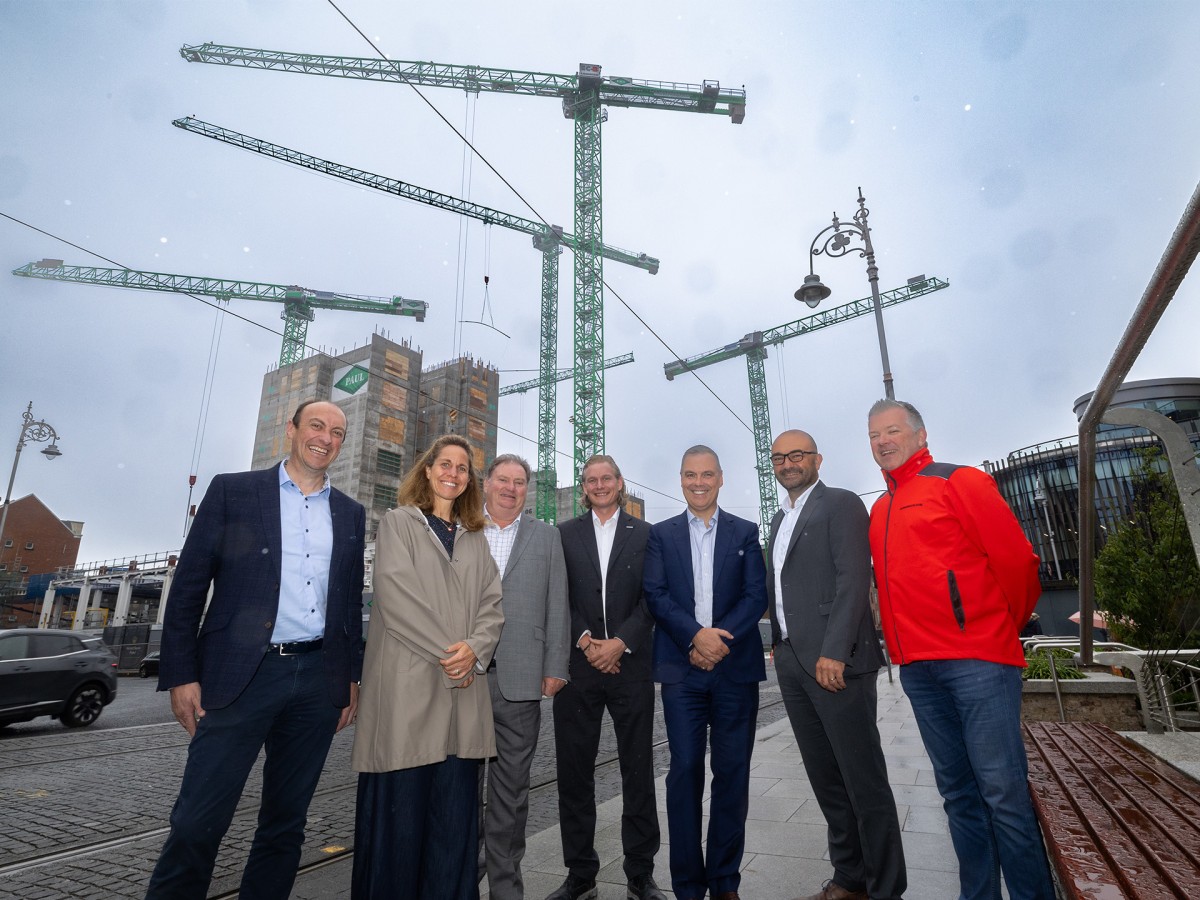
Lifting
19/11/2024
Liebherr Tower Cranes and John Paul Construction celebrate 50 years of partnership
Irish construction company John Paul Construction is celebra...

Lifting
29/10/2024
Wertz-Autokrane takes delivery of Liebherr LTM 1110-5.2 mobile crane
– The new 110-tonne crane complements the Wertz crane fleet...
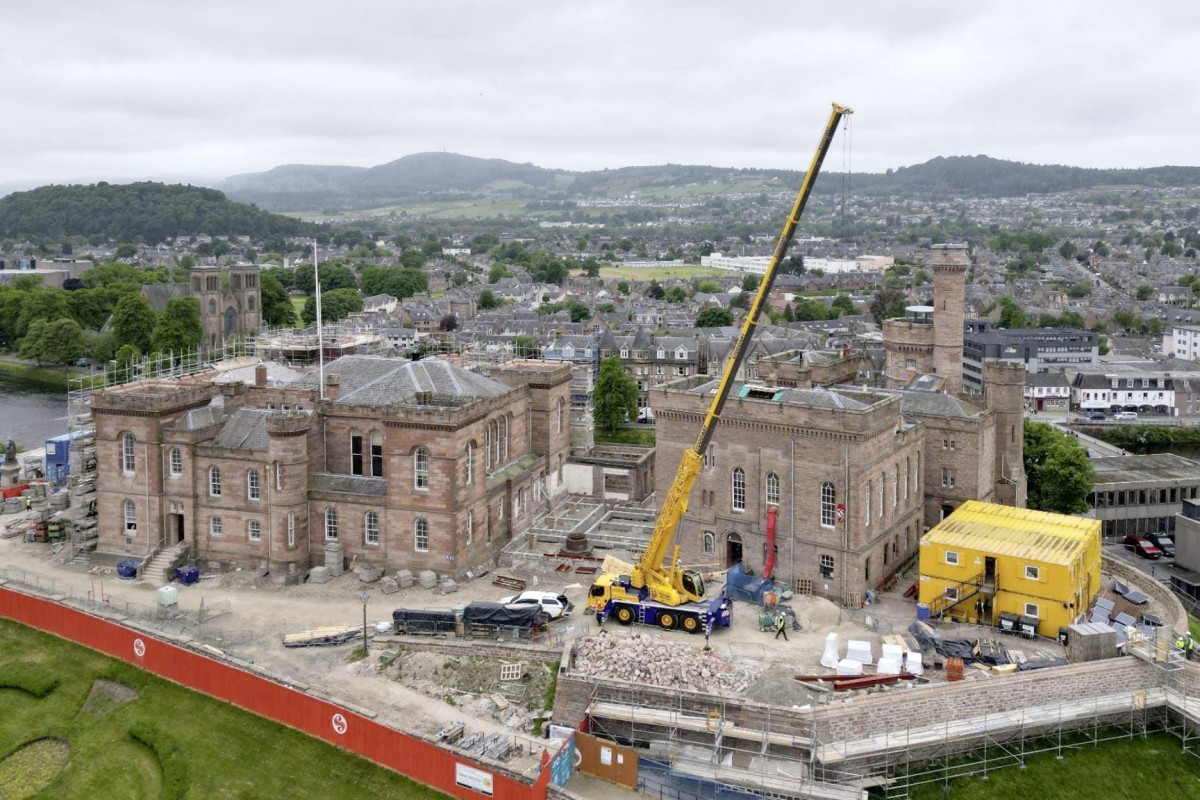
Lifting
23/10/2024
New Liebherr mobile cranes for Scotland
To mark its 20th anniversary, Stoddart Crane Hire gave itsel...
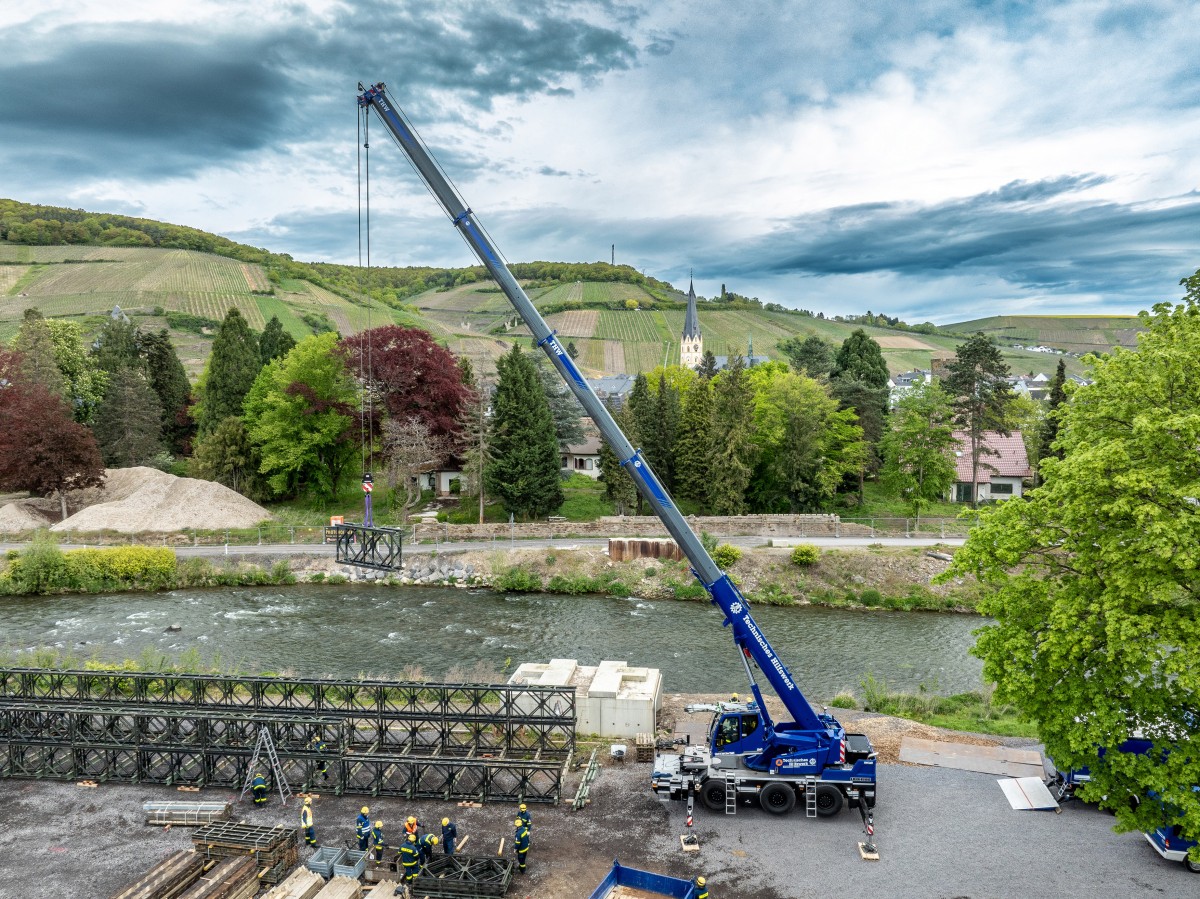
Lifting
17/10/2024
German Federal Agency for Technical Relief places its trust in Liebherr compact cranes
The German Federal Agency for Technical Relief (THW) placed...

Lifting
14/10/2024
S.A.S Group expands Liebherr crane fleet
S.A.S Group expanded its Liebherr crane fleet with LTM 1300-...
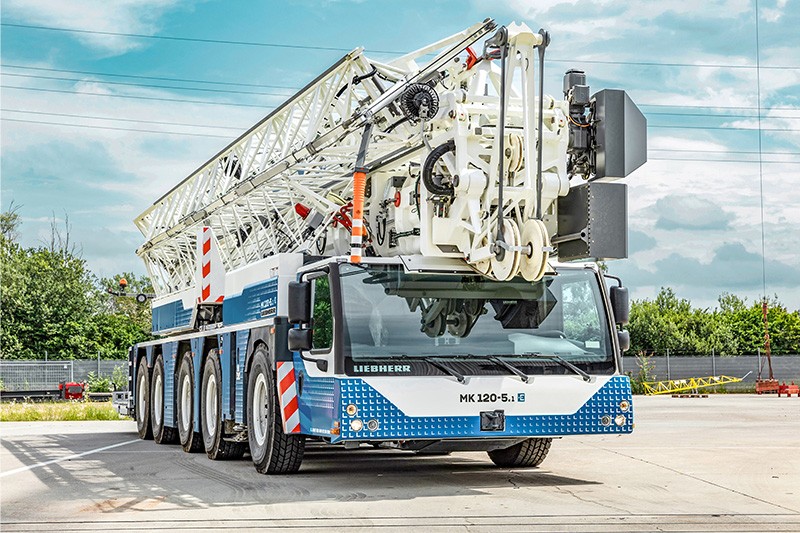
Lifting
04/10/2024
Liebherr’s mobile construction crane range is expanding
MK 120-5.1, now available to order, is an agile five-axle mo...
Altri International
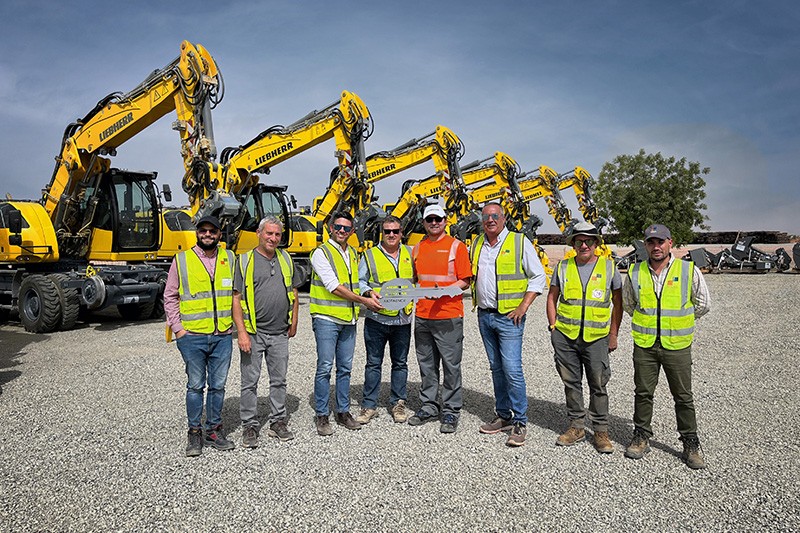
International
26/11/2024
Mota-Engil orders 10 Liebherr railroad excavators for a major project in West Africa
The Portuguese construction company Mota-Engil has once agai...
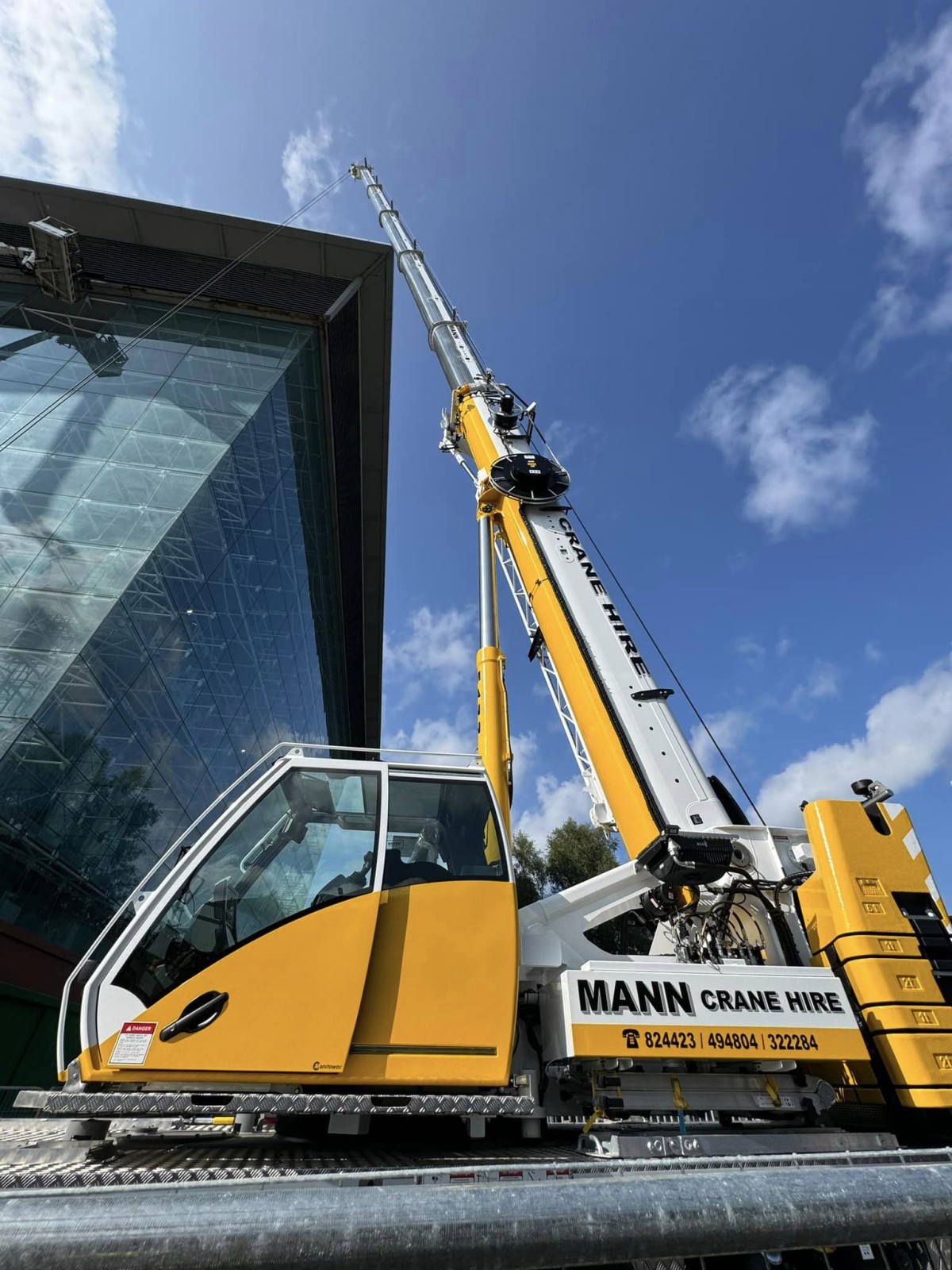
International
25/11/2024
New Grove GMK3060L-1 drives busy schedule for Mann Crane Hire
• Mann Crane Hire selected the GMK3060L-1 for its class-lead...
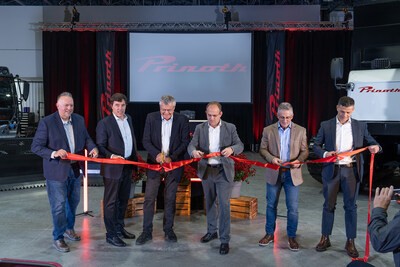
International
25/11/2024
Prinoth Unveils Expanded Production Facility in Granby, Canada
Prinoth held an event to announce the official opening of it...

International
23/11/2024
GPMat International takes delivery of two Raimondi T147s residential development in the South of France
- Official agent of France expands its product lineup with t...

International
22/11/2024
Sarens acquires additional SCHEUERLE SPMT K24 modules
renowned for its expertise in crane rental services, heavy l...
International
22/11/2024
Five WOLFF cranes modernize Oslo’s Ulven district
With a total of five WOLFF cranes of type 7534.16 Clear, Wol...










































